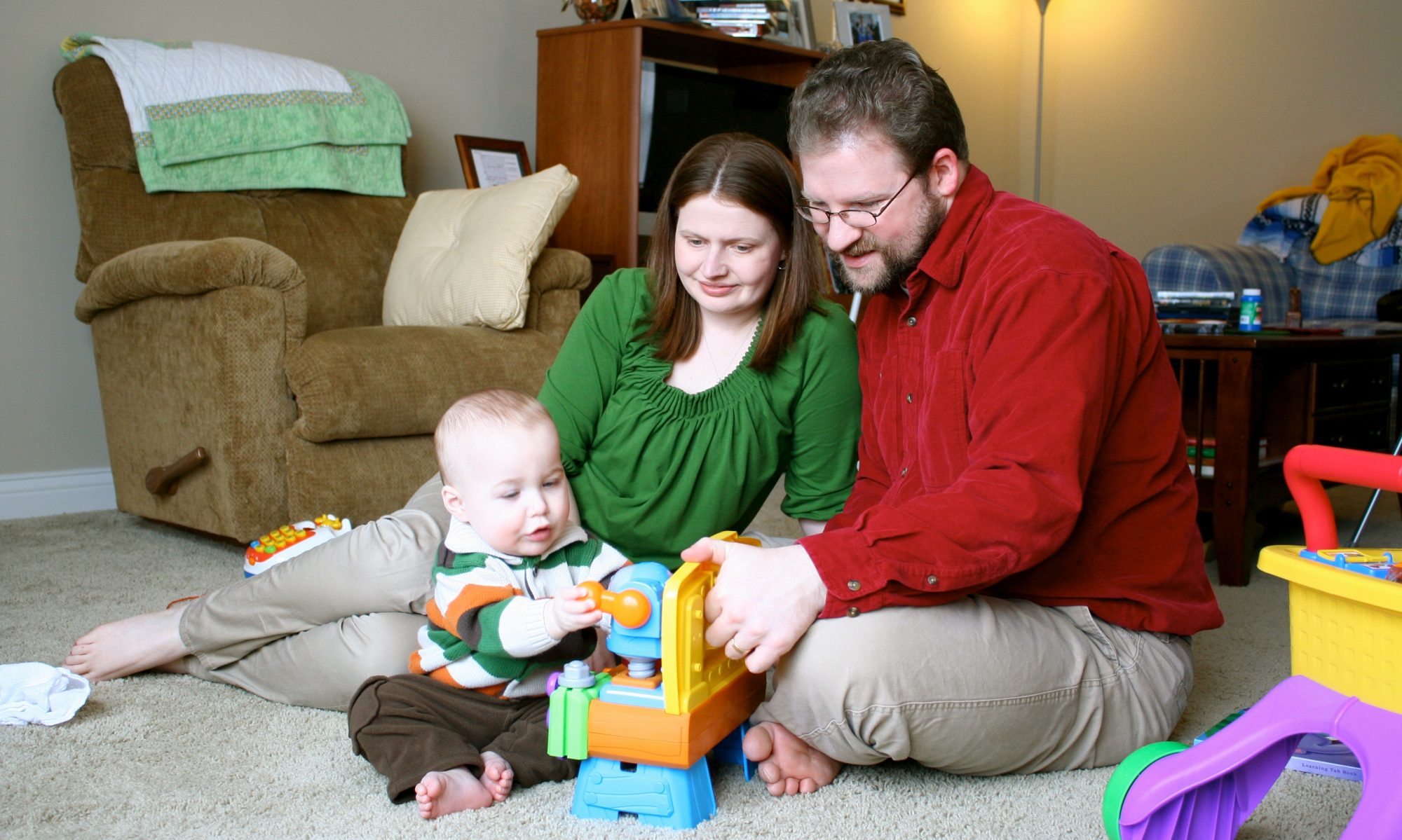Most of us have seen TV shows and movies which included adoption, and so have some image of adoption. In this image, usually adoption is something which is done quietly, trying to keep it as much a secret as possible, to the extent of making up back-stories about how the baby was born.
This image usually carries over to how an “open” or “semi-open” adoption should work too. People acknowledge that in an open adoption, there is exchange of some personal information and possibly contact information, but imagine that beyond that, contact in the adoption is in the form of sterile meetings at infrequent intervals where the birth mother can see the baby for brief periods of time.
Accordingly, people are surprised to learn that we have met with, in person, our birth mother on 3 occasions. Only 1 of those occasions was under the supervision of the adoption agency. Additionally, we talk to her periodically on the phone to get updates on how she’s doing. Many adoption specialists now believe that it is best for all parties involved if there is open communication between the adoptive family and the birth family. This allows relationships to build, for the child to learn first hand that all of his or her parents are making the best loving choices for the child. It also simplifies challenges with respect to heritage and genetics which are not fully always satisfied by information solely from adoptive parents. This shift in open adoption strategies reflects the change from an open adoption being a “compromise” to make birth parents more willing to make an adoption plan, to the idea that openness has far-reaching psychological benefits for the adoption triad (the birth family, the adoptive family, and the child).
One related concern is the idea that we don’t want to get too close to the birth family at this stage when the adoption might not even take place. While this is a valid concern, not using this time to get to know the birth family, to build relationships, to assure all that we can trust each other, would be too high a penalty to pay for trying to stay isolated. The reality is of course that even without building these relationships, everyone will be upset if something happens. It’s too late to prevent ourselves from being hurt.
So we all need to change our outlooks and expectations. We hope that the birth family will be a part of our lives for some time to come. It’s best for the birth family, it’s best for us, and it’s best for the child. So don’t be surprised if we spend time with the birth family, if we include them in things, or our communication with the family is particularly open. We’re all trying to do what’s best for the child, and that’s what’s most important.
